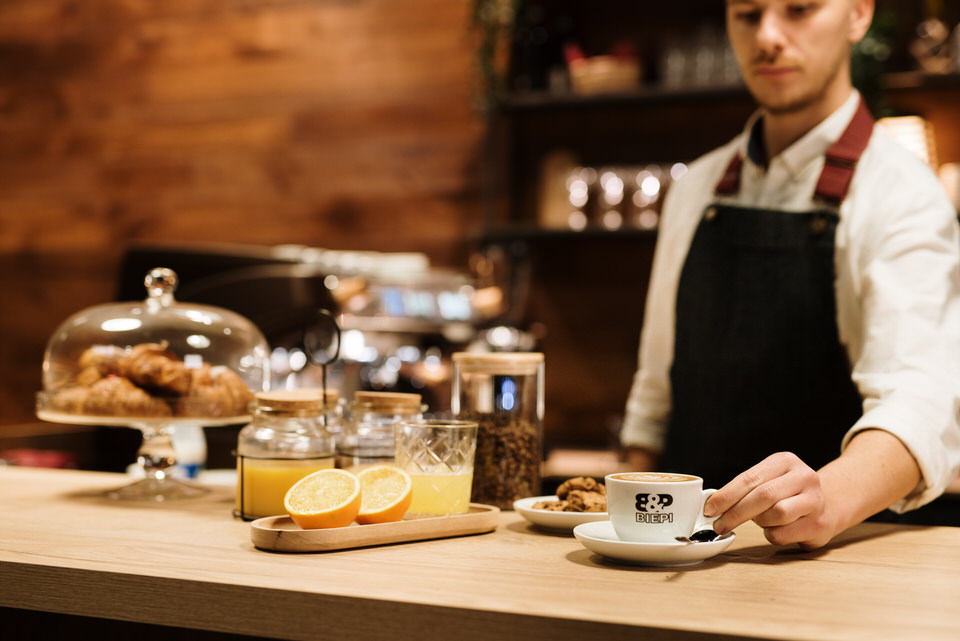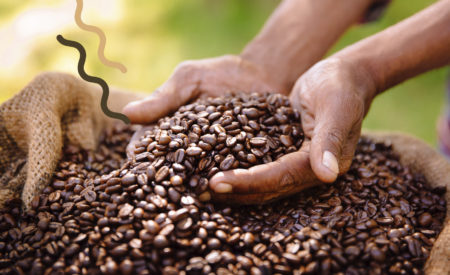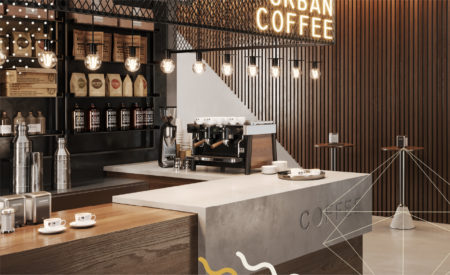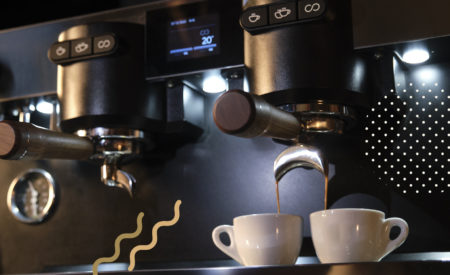Did you know that…
Trivia about one of the world’s most famous beverages.
Coffea
It is the name of the coffee plant. Or rather it is a genus of plants which includes many species and among these, some produce seeds which contain a great quantity of caffeine and have a distinct taste. These shrubs are native to tropical and Southern Africa and tropical Asia but now can also be found in Central and South America – and are considered as one of the most valuable crops in the world.
Drupe
This is the name of the fruit produced by the coffea plant. When the fruits reach maturity, they become shiny red berries, inside which two seeds are enclosed, in the familiar shape we all know. Even though from a botanical standpoint it’s not correct, the fruit is often called “coffee cherry” and the seed “bean”.
Arabica
Coffea Arabica is one of the many species of Coffea. It is believed to be the first coffee species to be cultivated and it represents about 60% of global production. This kind of plant takes about seven years to ripen completely and gives its best when cultivated between 1,300 and 1,500 meters of altitude, in regions with rain evenly distributed during the year.
Robusta
Robusta coffee is a coffee obtained from the seeds of the Coffea Canephora plant, a hardy species with low acidity and a high level of bitterness. It is mainly used in instant coffee, espresso and as a filler in ground coffee blends. The plant is native to sub-Saharan Africa, it is easy to take care of, has a higher crop yield and contains almost twice the quantity of caffeine as Coffea Arabica.
Single origin or blend?
Single origin coffee refers to coffee coming from a single geographical area, which is not blended afterward. Blends, on the other hand, combine coffee with different varieties, origins and tastes. For the roaster, a good blend is the distinctive sign that represents him and makes him recognized by customers.
The words that make coffee
The fundamental steps from bean to cup
Picking or Stripping
In the first case, pickers harvest only the ripe beans. In the second instance, pickers pull off all the coffee cherry (fruit) from a branch at once.
Roasting
It is a crucial process in the processing of coffee: through roasting it is possible to heat the beans, increasing their temperature. When cooked up to 220°, the appearance and the physical-chemical structure of the beans are both transformed.
Cooling
This is the final phase of the roasting process, it allows to preserve all the properties and aromatic qualities inside the beans.
Grinding
Grinding is the process that reduces the coffee beans to powder, which can be fine, medium or coarse and changes the way hot water passes through the beans. You can buy the powder already ground or choose to do it on the spot with a commercial-grade doser.
Coffee percolation
This term refers to water flowing through the coffee powder. Coffee beverages are the result of different methods of percolation. For example, when using a mocha coffee pot, percolation is obtained thanks to the pressure of the steam in the boiler, from the bottom upwards. With an espresso machine it is instead obtained with the pressure of the pump from the top downwards.
Tasting vocabulary
Cupping: the art of tasting coffee
Cupping
Cupping is reserved to professionals who test the taste of roasted coffee. It is not about tasting a good coffee but about judging the quality of a batch of coffee by evaluating well-defined technical parameters.
Acidity
One of the primary elements of coffee flavor, it derives from the organic acids of coffee and corresponds to how long in your mouth you can taste coffee for. Usually the higher the acidity, the faster the flavor vanishes.
Aroma
It is perceived with a prolonged inspiration of the gases that are formed with the high temperature of the water with the coffee. In washed coffees of the Arabica variety, the aromas are more pronounced than those of the Robusta variety.
Bouquet
It refers to all the olfactory perceptions coming both from the perfume, which we smell by inhaling through the nostrils, and aroma, which we smell through the channel connecting mouth to nose.
Body
A term that defines the overall roundness and structure of coffee. It is typical of good quality blends.
Do you know your espresso machine?
If you know your espresso machine, you will use it better.
Boiler
The boiler holds hot water and steam. Inside, cold water from the water supply is heated by a heat source, which can also be inside the machine.
Heat exchanger
It allows the water to quickly reach the optimal temperature for the extraction of a good espresso, which is between 88 and 96 °C depending on the type of coffee. It is immersed in the boiler and is heated from the outside through the hot water and steam itself.
Pump
It is electric and is used to raise the pressure to 8-9 atmospheres, which is needed for the water to flow through the ground coffee and extract the best substances from it. The pressure of the main water supply would not be sufficient, as it is about 1-3 atmospheres.
Brew group
This is the component on which the portafilter is hooked and must be kept at the right temperature to prepare espressos. A cold brew group could damage the quality of the drink.
Portafilter
A metal container where the filter is inserted, which can contain the dose of ground coffee for one or two espressos. It has a thermally insulated handle and one or two spouts, from where the extract will come out.





